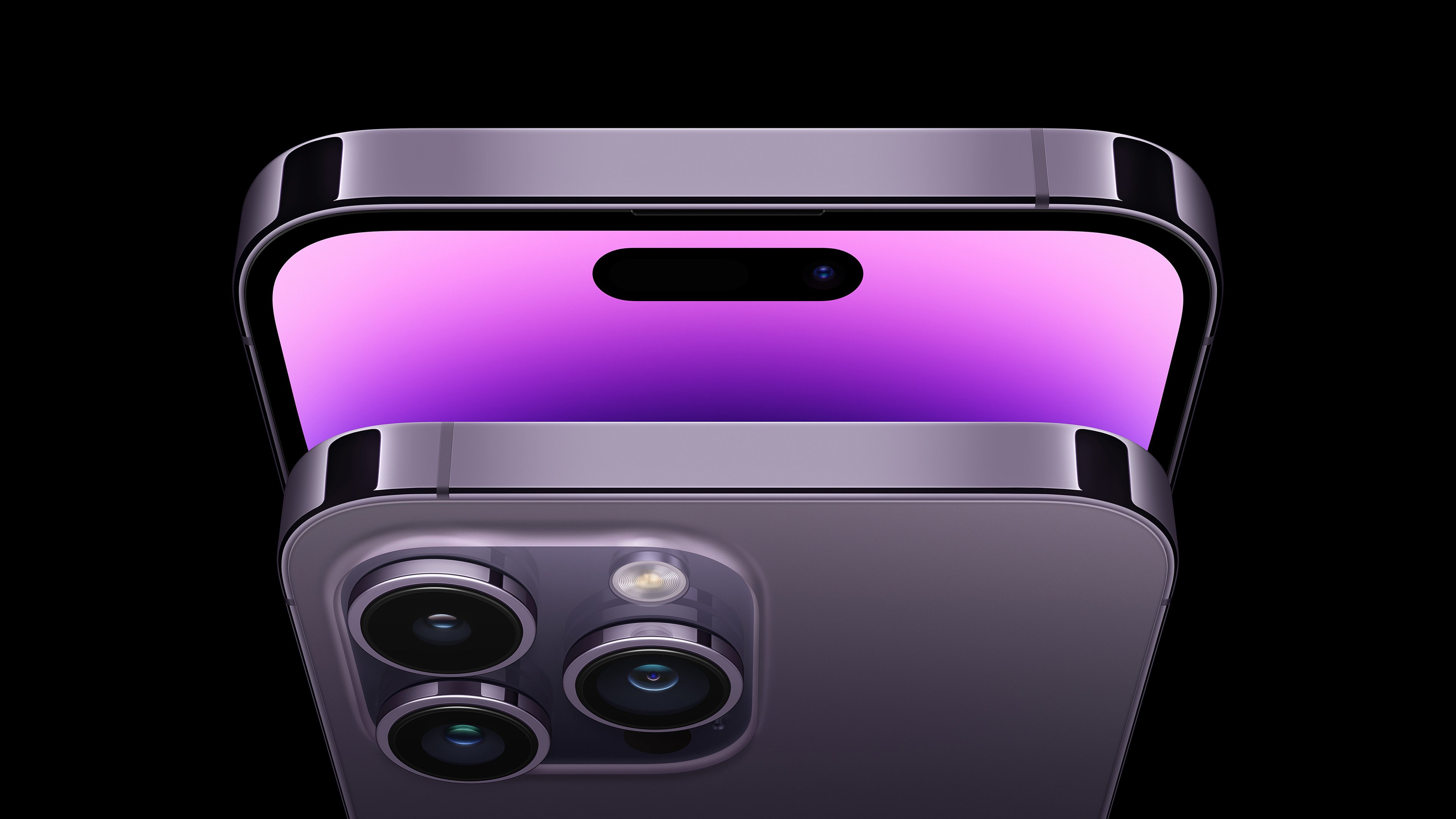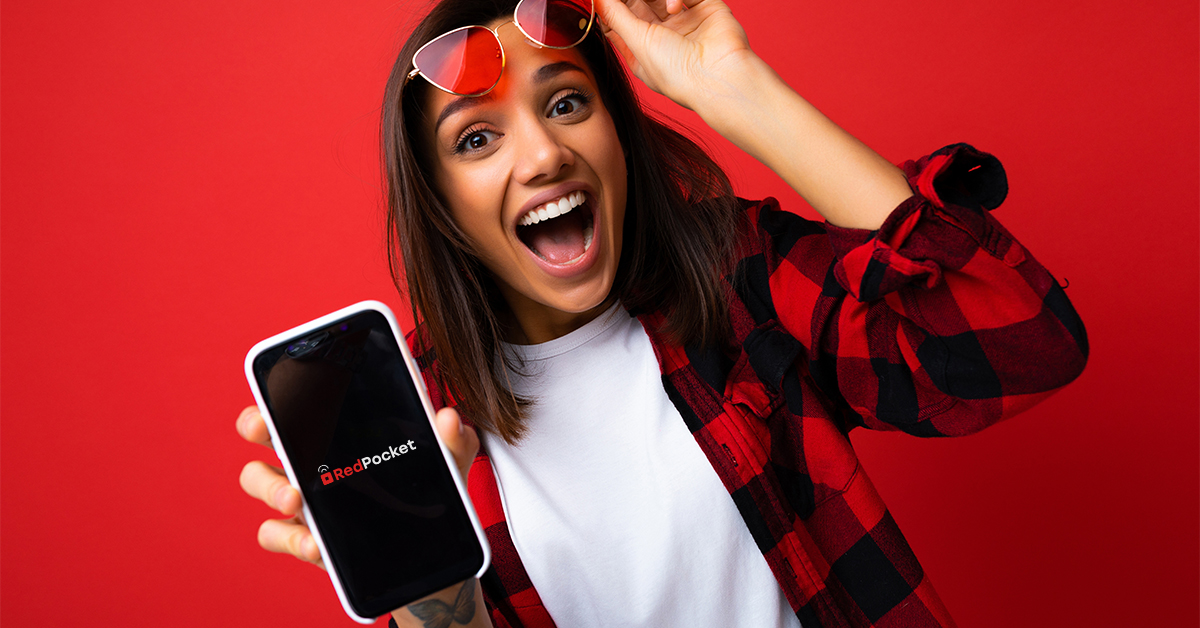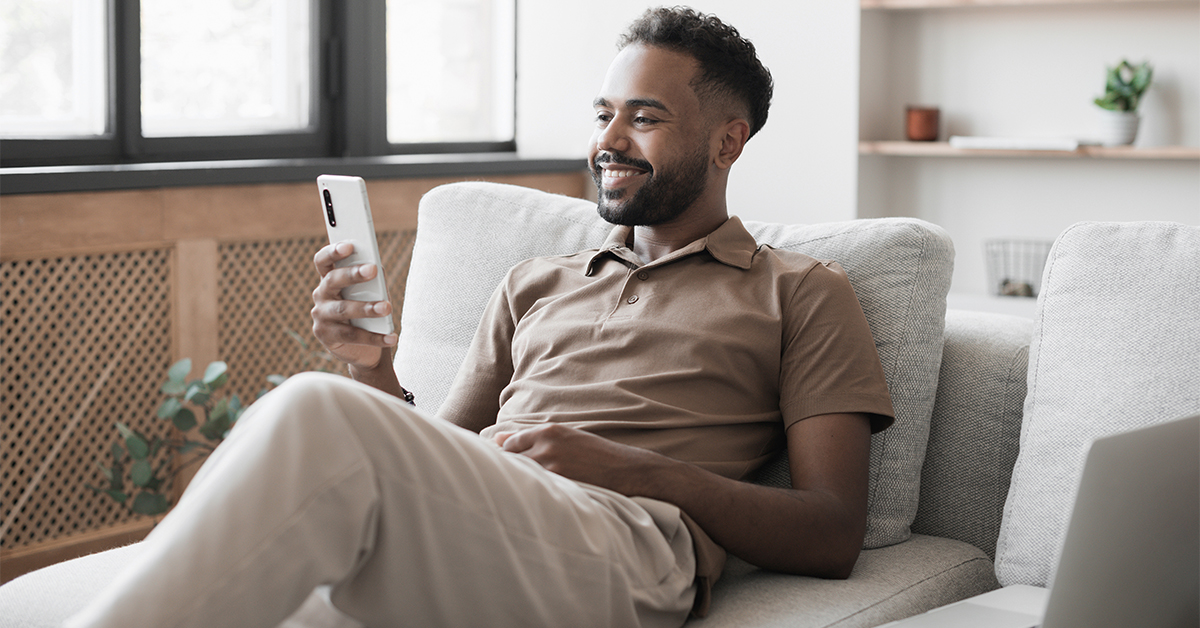Transferring Data to a New iPhone: Your Complete Guide

So you just bought that new iPhone 14 Pro. Now what? If you want to avoid answering every text message with the dreaded “new phone” response, then you will want to transfer your data over. But how do you do this? There are a few steps, but with this guide, you will find it easy.
If you need any extra help preparing, we have a useful guide that will take you through the major steps you should take before switching phones.
Transferring From iPhone to iPhone
The easiest way to transfer your data to your new iPhone is through iCloud storage. This will automatically allow you to import any photos, videos, and documents saved to the cloud. Your account settings and preferences are attached to your Apple account and should be saved when you log in to your new phone.
Actually, there is an easier method, but that assumes you chose to buy a new phone while yours was still working. We like to plan for emergencies too, which means you should always have your files stored in the cloud. That is why we start with…
Backing Up Your Old iPhone Data
- Go to Settings - (Your Name or Apple ID) - iCloud - iCloud backup
- Turn on iCloud backup to allow your phone to back up daily when plugged in and connected to Wi-Fi. Then, you can use a recent iCloud backup to transfer data to your new device.
- Press Back Up Now to perform an immediate backup.
- Plug your iPhone into a PC or Mac. Don’t turn off either device during this process.
- Use iTunes on PC or older Macs. Open the app - Click on the iPhone button in the corner - Click Summary - Click Back Up Now.
- If using at least MacOS 10.15, open the Finder - click General - click Back up all of the data on your iPhone to this Mac - click Back Up Now.
Backing up your data is always an important first step. A good deal of data can potentially be lost when switching phones. Even if your files are stored in iCloud, it is highly recommended to perform all of these steps. We like to trust the cloud, but an extra layer of protection for our important files is worth the extra time it takes.
Next Comes Transferring Your Data From One iPhone to Another
Now, to get that brand-new device set up with your old files, there are a few options.
- From the iCloud data stored on your old device.
- Using the on-screen instructions from Quick Start.
- From a PC or Mac with a USB cable.
The first two methods are the easiest, so we will begin with them.
iCloud
When you turn on your new iPhone, you should be greeted with a setup screen.
- Follow all of the initialization steps until you are prompted to connect your iOS device to Wi-Fi, then do so.
- Continue following all of the steps until you see Apps & Data, and then tap Restore from iCloud Backup
- Sign in to iCloud on your new iOS device.
- Select which backup you want to load into your new phone. This likely means you are using the latest version of an iTunes backup or iCloud backup.
- Wait until the file transfer is complete, then tap continue.
Data Transfer With Quick Start
Now let’s assume everything is great and you didn’t irreparably crack your phone in half. That means you get to easily transfer data using Quick Start. This method requires both your old iPhone and your new iPhone, so plug them both in and have them near each other, then we can begin.
- Turn both phones on.
- Follow the instructions on your new phone to begin the setup process.
- Connect the new device to Wi-Fi or a cellular network.
- Continue following the setup process.
- When prompted to choose how to transfer data, choose to transfer directly from the previous device. You may need to enter your passcode, use touch ID, or unlock with Face ID to proceed.
- Keep both devices plugged in and turned on until the transfer is complete.
Transferring With a PC or Mac
Usually, this would be your last option because it is not as convenient, but there are some circumstances where you might be required to use your computer, or would rather do so. If your old phone is unusable, if you do not have internet access or would prefer to use less data, or if you would rather load an old backup that you have saved on your computer. The steps are very similar to what we have already gone over.
- Connect the new device to your PC or Mac.
- Turn on the new device.
- Follow the initialization steps until you reach the Apps & Data section, then choose Restore from Mac or PC.
- Open iTunes or the Finder on your computer and select the connected phone. If prompted to, choose to trust the newly added device.
- Select Restore Backup. Choose which backup to restore from, again, most likely the latest created.
- Wait for the process to finish, and then continue the setup on your phone.
- If there is new content stored in iCloud not included in this backup, then your phone will continue to download them after setup is complete as long as you have an internet connection.
After you have done one of these steps, your phone should be prepared to go!
Transferring From Android to iPhone
Transferring from an Android phone to a new iPhone is just as easy as iPhone to iPhone, but not quite as simple. Because of the fact that Android as an operating system is used by multiple manufacturers, there is not any single method that will necessarily apply to all Android devices. Yet, in general, the following methods using Google One or Move to iOS will work for most of them.
Start by backing up your data the same way we did above, then move on to the steps below.
Move to iOS
For the smoothest experience, we would recommend downloading Move to iOS to your Android phone. This will make for the smoothest transfer and allow you to transfer directly when setting up your new iPhone.
- Download Move to iOS
- Ensure that your Android phone is plugged in and connected to Wi-Fi and that the content you are transferring is not bigger than your new phone’s storage space.
- Turn on your new iPhone and place it near your Android device.
- Follow the onscreen setup prompts until you get to the Quick Start screen. From there, tap Set Up Manually.
- Continue following instructions until you see Apps & Data. Select Move Data from Android.
- Open the Move to iOS app on your Android device.
- On your iPhone, press Continue when you see the prompt Move from Android and wait for a code to appear.
- Input this code on your Android phone.
- Connect your Android phone to the temporary Wi-Fi network that your iPhone will create.
- You will be prompted to choose which content you want to transfer. Make your selection, then leave both devices alone and near each other until the loading bar on your iPhone has finished.
- You can then finish the setup on your iPhone. You may need to manually transfer some files if they did not move properly, and will need to redownload content from the app store.
Using Google is going to be a bit of a different experience. First of all, you cannot do this during setup, so you will have already set up your iPhone before you begin. Second, it will not be as seamless and may not transfer everything that you want, like device settings, email accounts, etc.
- Download Google One or Google Photos and Google Drive on your Android device.
- Upload the content you want to transfer.
- Setup your iPhone and download the corresponding apps on it.
- Log into your Google accounts.
- Download your stored content.
From PC to iPhone
This method, like using Google apps, will take more time. Since you are transferring items manually, be aware of anything that may be missed in the process.
- Plug your Android device into your PC.
- Transfer the files you want to keep to your PC. Make the folder easy to find.
- Plug your set-up iPhone into your PC and open iTunes.
- Select the newly added device.
- Choose the content you want to transfer over. Check each box and then click apply to sync them to your phone.
If using a Mac, then incorporate the following.
- Use the Android File Transfer app and import the files you want to keep from your plugged-in Android device.
- With your iPhone plugged in, open iTunes or a Finder window and select your iPhone.
- Select the files you want to sync and click apply.
Switching SIM Cards
Part of getting your new phone might involve swapping a SIM card. Doing so is easy, and most carriers will provide you with a punch board with three sizes of SIM cards so you do not have to worry about having the correct one. Because all phones do not have a SIM card in the same location, we recommend looking up your phone online to find out where yours is.
Wrapping Up
After all these steps are completed, you should be ready to go. Any time you switch to a new phone, you will want to verify that all your data is properly transferred. If something did not make it, you can transfer it manually.
Now that you have that new phone, do you have a plan that is taking full advantage of it?
Sources:
Data You May Lose When Switching Phones | Bankrate.com

